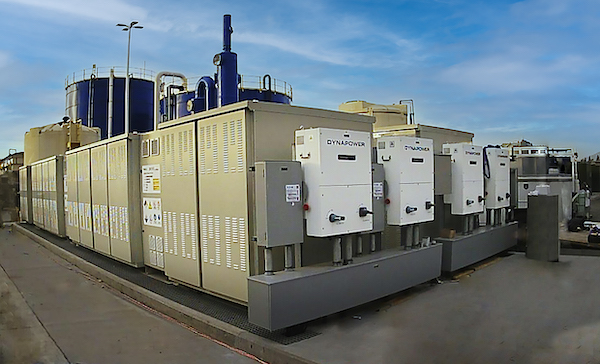
The US Department of Energy (DOE) has opened a funding opportunity for work to address gaps or weaknesses in manufacturing of solid-state and flow battery technologies.
Issuing a funding Lab Call with a pot of around US$16 million available, the DOE’s Office of Energy Efficiency and Renewable Energy (EERE) said last week that it would create partnerships between National Laboratories and industry.
Aiming to encourage domestic production of the battery technologies it described as having a “unique” opportunity to play a major role in decarbonisation of the grid, industry and transport, the Lab Call is separated out into two separate topics for the different battery types.
Funding will be capped at a maximum of US$4 million per project. Solid-state battery projects will get a cost share of 20%, flow battery projects a cost share of 50% with the emphasis being on enabling high volume production.
While solid-state lithium batteries could be an “energy dense and safer alternative” to lithium-ion batteries for use in applications like electric transport, flow batteries could be a good fit for providing grid storage and onsite storage at off-grid locations.
However, the Advanced Materials and Manufacturing Technologies Office (AMMT) of EERE, which is administering the Lab Call, said that despite their potential strengths, the commercial manufacture of the technologies will require advanced tooling and precision manufacturing techniques to reach large volume, high quality production.
Learn more about the Lab Call and apply from the DOE Office of Energy Efficiency and Renewable Energy’s Funding Opportunity Exchange site here.
California market traction for Redflow, ESS Inc
California has become a key early adopter state in the US for long-duration energy storage (LDES) technologies, perhaps as it did for solar PV and lithium-ion battery storage.
A couple of flow battery providers have made announcements in the past few days around their activities in the state, with iron flow battery company ESS Inc announcing a microgrid project and zinc-bromine flow battery player Redflow becoming eligible for a California incentive programme.
Redflow, which is headquartered in Australia and listed on the Australian Securities Exchange (ASX), has received approval from the California Public Utilities Commission (CPUC) for customers installing its systems to qualify for the Self-Generation Incentive Program (SGIP).
SGIP is applicable to a range of distributed energy resources (DERs) and offers a cash rebate to incentivise their use to support facility’s onsite energy needs.
The rebate for such behind-the-meter resources can be up to US$1,000/kWh installed, with higher rates for projects in low-income areas and adders for locally-made equipment. A budget is set by the state at regular intervals and incentives granted until funds run out in each stage.
While it is often considered synonymous with solar PV, it also applies to things like heat pumps, wind turbines, waste-to-heat systems and energy storage equipment.
However, as a source close to Redflow pointed out, the Australian technology company’s battery system is a rare example of a qualifying energy storage technology that is not based on lithium-ion batteries to be included.
Redflow has been making its inroads into the US market over the past couple of years, completing a 2MWh project at a California biogas plant in 2021, and becoming an approved equipment provider to EPC firm Black & Veatch and most recently energy efficiency and renewable energy services company Ameresco.
Meanwhile, Oregon-headquartered ESS Inc announced projects for three California wineries a few days ago. The company’s Energy Warehouse commercial-scale units will be installed at Roederer Estate, Scharffenberger Cellars and Domaine Anderson in Mendocino County.
ESS Inc will be working with Coldwell Solar, a developer and constructor of commercial and industrial (C&I) solar energy projects. Coldwell designed a solar-plus-storage microgrid for the three wineries, expected to be online towards the end of this year.
The winemakers are in an area of California prone to wildfires, which means they are also prone to public safety power shutoffs (PSPS), whereby California utility companies switch off distribution feeder lines that go into wildfire risk areas.
This is to prevent the fires being made worse or even caused by electrical equipment issues, but has the knock-on effect of leaving customers like the wineries – and thousands of other Californians – without grid power for indefinite periods.
“The wineries needed an energy storage solution that could withstand the elements and operate safely in a wildfire-prone region. With its inherent safety and low carbon footprint, ESS technology was the only option that meets the energy resilience and sustainability needs of our customer,” Coldwell Solar COO Sean Hood said.
ESS Inc has gradually begun recognising revenues over the past couple of years since going public, and while it made a hefty loss over 2023, the company now has 800MWh annual production capacity of its iron flow batteries, with which it hopes to meet growing demand for LDES technology options.